CBCT (cone-beam computerized tomography) evaluation of the nasolabial soft tissue effects of Le Fort I maxillary osteotomy
dc.contributor
Universitat Internacional de Catalunya. Departament d'Odontologia
dc.contributor.author
Paredes de Sousa Gil, Ariane
dc.date.accessioned
2019-10-10T12:00:50Z
dc.date.available
2021-09-12T02:00:13Z
dc.date.issued
2019-09-13
dc.identifier.uri
http://hdl.handle.net/10803/667624
dc.description.abstract
The aim of this study is to verify the soft tissues changes in the nasolabial area after Le Fort I osteotomy using a cone-beam computed tomography (CBCT) evaluation of three- dimensional (3D) volume surfaces in preoperative, early postoperative (1 month) and late postoperative (1 year) periods.
Many authors have described the undesired soft tissue changes following the Le Fort I osteotomy, as well as many different techniques to prevent and control these changes. However, few studies have attempted to perform a 3D analysis of the nasolabial complex. The subsequent lack of standardized measuring method hinder the performance of comparisons among studies. By doing a systematic review of the literature in this topic, our objective is to list the main adverse effects associated to Le Fort I osteotomy and to list the most effective available techniques of alar dimension control. A specific
technique of alar cinch suture will be described and further analyzed whether it is effective or not in controlling alar base widening. To this effect, a clinical retrospective research will be performed in 80 patients who have undergone a Le Fort I osteotomy and received the aforementioned alar cinch suture technique. All patients were operated by the same surgeon (FHA) at Instituto Maxilofacial – Teknon Medical Center - Barcelona. All the data regarding the selected patients will be anonymized, analyzed and measured by the same observer (APSG) and supervised by the same investigator (RGM). The CBCT volumes of these patients will be superimposed and measured in three different periods of
treatment using the Dolphin® Orthognathic Surgery Planning software. A specific protocol to superimpose the 3D images using the Voxel Based Registration (VBR) is going to be developed and validated. At the Instituto Maxilofacial, CBCT acquisition is part of the routine diagnostic protocol of every patient undergoing orthognathic procedures. The study can be performed without modifications in this protocol.
dc.format.extent
100 p.
dc.format.mimetype
application/pdf
dc.language.iso
eng
dc.publisher
Universitat Internacional de Catalunya
dc.rights.license
L'accés als continguts d'aquesta tesi queda condicionat a l'acceptació de les condicions d'ús establertes per la següent llicència Creative Commons: http://creativecommons.org/licenses/by-nc-nd/4.0/
dc.rights.uri
http://creativecommons.org/licenses/by-nc-nd/4.0/
*
dc.source
TDX (Tesis Doctorals en Xarxa)
dc.subject
Le Fort I osteotomy
dc.subject
Alar Cinch Suture
dc.subject
Orthognathic Surgery
dc.subject
3D evaluation
dc.subject
CBCT evaluation
dc.subject
Nasolabial soft tissues
dc.subject
Twist technique
dc.subject.other
Cirugía oral y maxilofacial.
dc.title
CBCT (cone-beam computerized tomography) evaluation of the nasolabial soft tissue effects of Le Fort I maxillary osteotomy
dc.type
info:eu-repo/semantics/doctoralThesis
dc.type
info:eu-repo/semantics/publishedVersion
dc.subject.udc
616.3
dc.contributor.director
Hernández Alfaro, Federico
dc.contributor.director
Guijarro Martínez, Raquel
dc.contributor.director
Haas Jr, Or
dc.contributor.tutor
Haas Jr, Orion Luiz
dc.embargo.terms
24 mesos
dc.rights.accessLevel
info:eu-repo/semantics/openAccess


